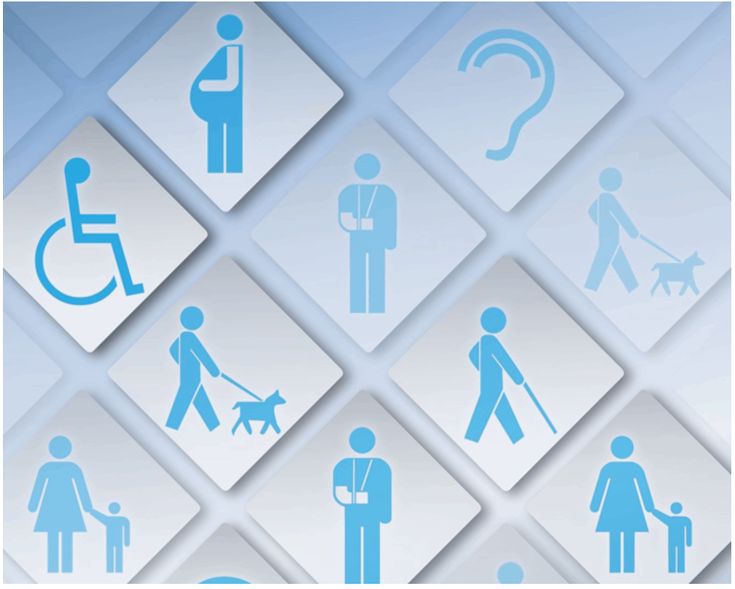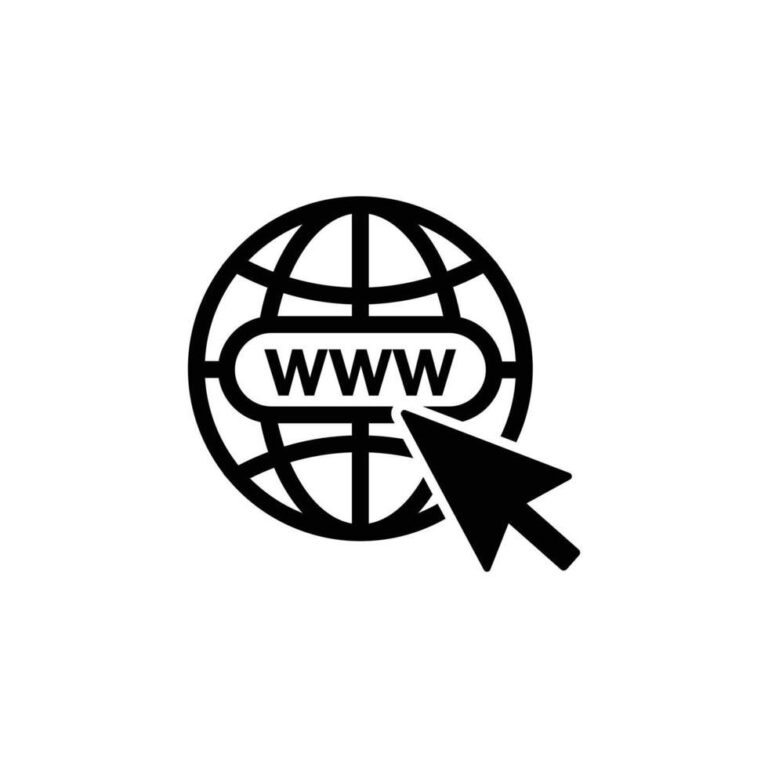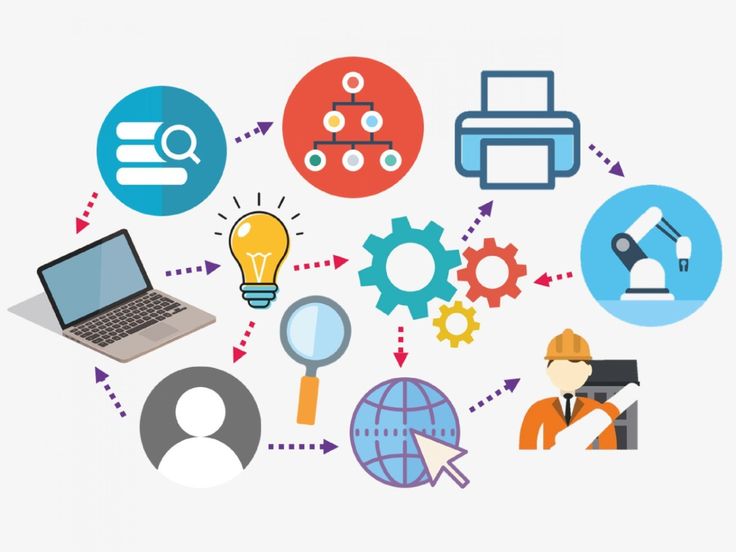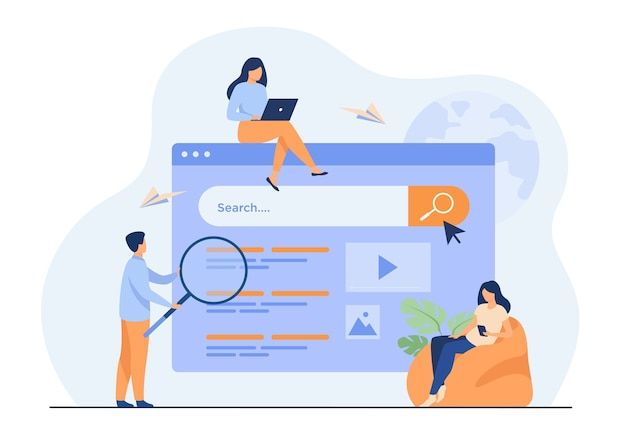Navigating Section 508 Compliance: A Pathway to Accessibility
Understanding Section 508 Compliance
Section 508 Compliance refers to a critical piece of legislation that mandates all federal agencies to make their electronic and information technology accessible to individuals with disabilities. This compliance ensures that people with visual impairments, hearing difficulties, or other challenges can access and use government services and information effectively. Therefore, understanding the intricacies of Section 508 is essential, not only for compliance but also for fostering inclusivity.
As technology continues to advance, it is our responsibility to ensure that everyone can participate in the digital landscape. In fact, Section 508 Compliance requires that websites, applications, and digital content are perceivable, operable, understandable, and robust. Achieving these standards enhances user experience, potentially expanding your audience and customer base.
Steps to Achieve Compliance
Implementing Section 508 Compliance starts with a thorough evaluation of your current digital assets. Review your website for accessibility features, such as alternative text for images, proper heading structures, and keyboard navigability. Transitions from standard practices to inclusive design principles often involve training staff on best practices and staying updated on the latest accessibility standards.
Moreover, consider utilizing tools and resources to regularly analyze your content. Several free and paid tools can help identify accessibility issues, providing insights into how to improve. Regular audits and updates are vital in maintaining compliance over time. By committing to these efforts, you not only meet legal requirements but also demonstrate a genuine dedication to serving all members of your community.






